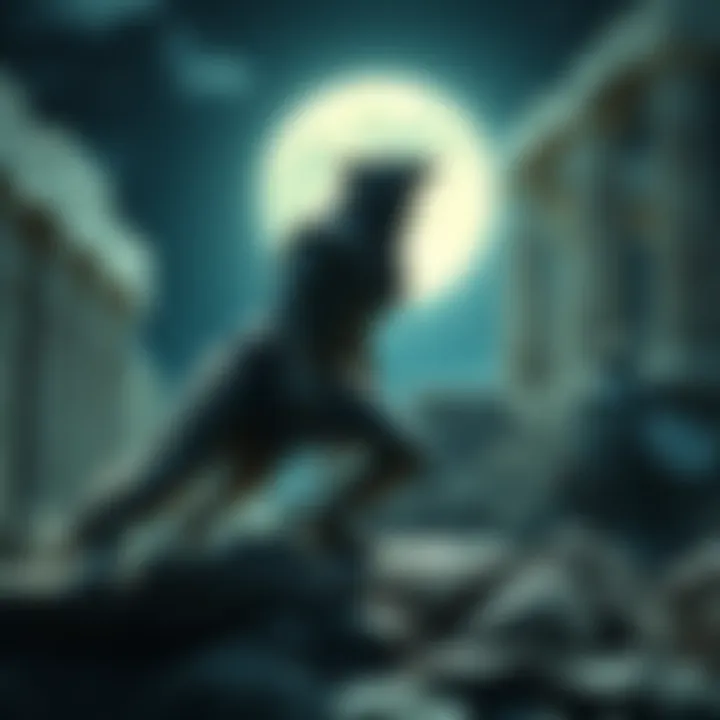Lycanthropy in Ancient Greece | Mythology, Cults, and Modern Perspectives

A recent surge of interest in lycanthropy has sparked intense discussions across various online forums. Contributors dive into ancient beliefs surrounding animal transformations, connecting myths to modern identity issues. The intriguing connection between ancient lycanthropic cults and contemporary interpretations further fuels this exploration.
Context: Myths and Cultural Practices
Conversations on user boards are picking apart the historical and cultural significance of lycanthropy, particularly through stories like that of King Lycaon, who faced Zeus's wrath and turned into a wolf. This myth underlines the importance of moral lessons in Greek belief systems and the possible existence of cults centered around animalistic rituals.
"Lycanthropy is named after King Lycaon turned into a wolf by Zeus," one contributor highlighted, intensifying the focus on both morality and transformation in mythology.
Key Themes in the Latest Discussions
Werewolf Cults: Some commenters noted the presence of werewolf cults in antiquity. These groups, often associated with gods like Apollo and Dionysos, practiced hunting in packs while wearing wolf skins, possibly using psychedelics for ecstatic experiences.
Shamanistic Rituals: Participants pointed out that while therianthropy is a modern term, ancient rituals showcased similar themes. Dionysian rites involved participants dressing in animal skins and embodying animal characteristics, with satyrs as notable examples.
Symbolic Animal Associations: More users joined in, discussing how specific animals symbolized traits of deities. "Athena turned Arachne into a spider, and Atalanta into a lion," one comment stated, revealing how these animal transformations extend beyond mere punishment and reflect deeper cultural meanings.
Expert Insights and Critical Analysis
Some users referenced the work of scholar Carl Ruck and his studies on psychedelics in ancient rituals. They pondered whether his findings are biased but acknowledged that the associations between these cults and the animal transformations are significant.
Curiously, Dionysian rituals also included practices where women assumed bull characteristics, showcasing the strong ties between gender, myth, and nature.
Community Sentiment
Overall, the community appears split between admiration for these ancient tales and skepticism about their modern relevance. Many find it fascinating how these myths may resonate with present-day identities, while a few voice concerns over drawing direct parallels.
Key Takeaways
✦ Werewolf cults linked to Apollo and Dionysos suggest an organized, ritualistic approach to lycanthropy.
🔶 Shamanistic-like practices have a historical basis, showing people’s connections to animal forms through rituals.
⚪️ Symbolic animal traits attributed to deities reveal complex cultural narratives beyond punishment.
As online discussions continue to intertwine ancient tales with modern identity explorations, one must ask: will these age-old stories reshape how people perceive themselves today?
Future of Lycanthropy Understanding
Experts suggest as more people uncover these cultural connections, interest in festive gatherings celebrating these transformations could rise, possibly merging ancient traditions with contemporary expressions of self-identity.
The evolving popularity of these themes indicates that documentaries examining these ancient beliefs slowly influence discussions about identity, echoing throughout generations. As human history interlaces with myth, the question remains if these stories will continue inspiring future identities.
